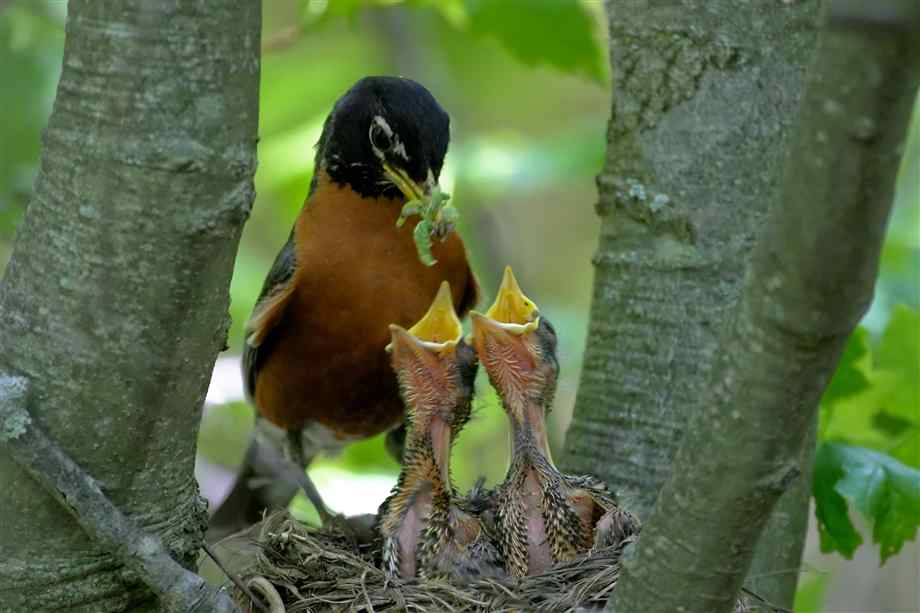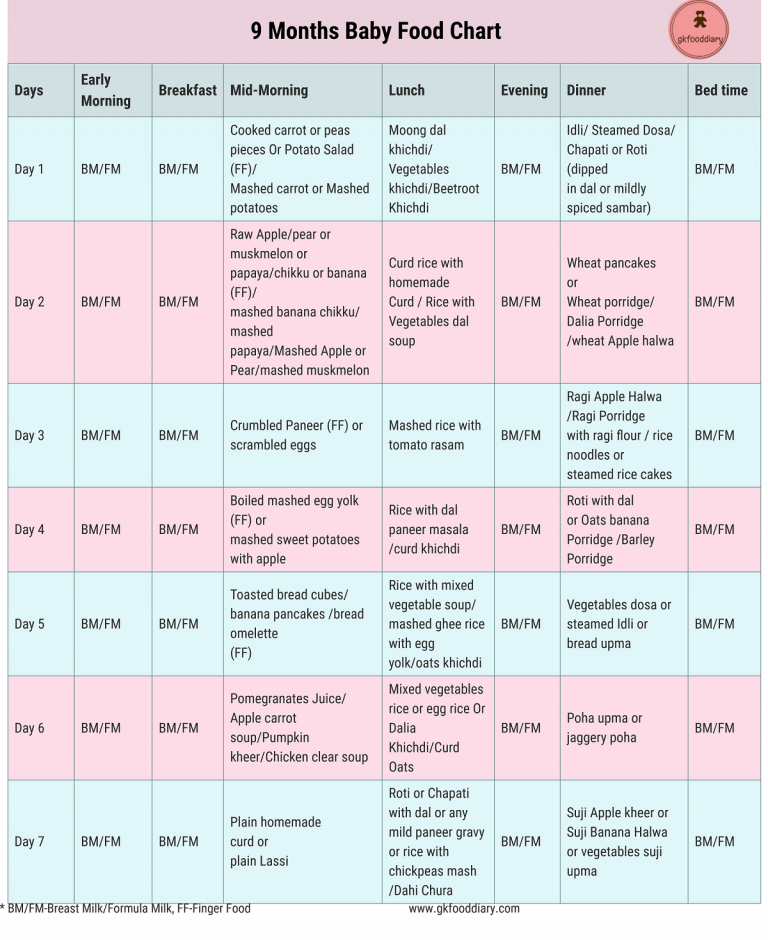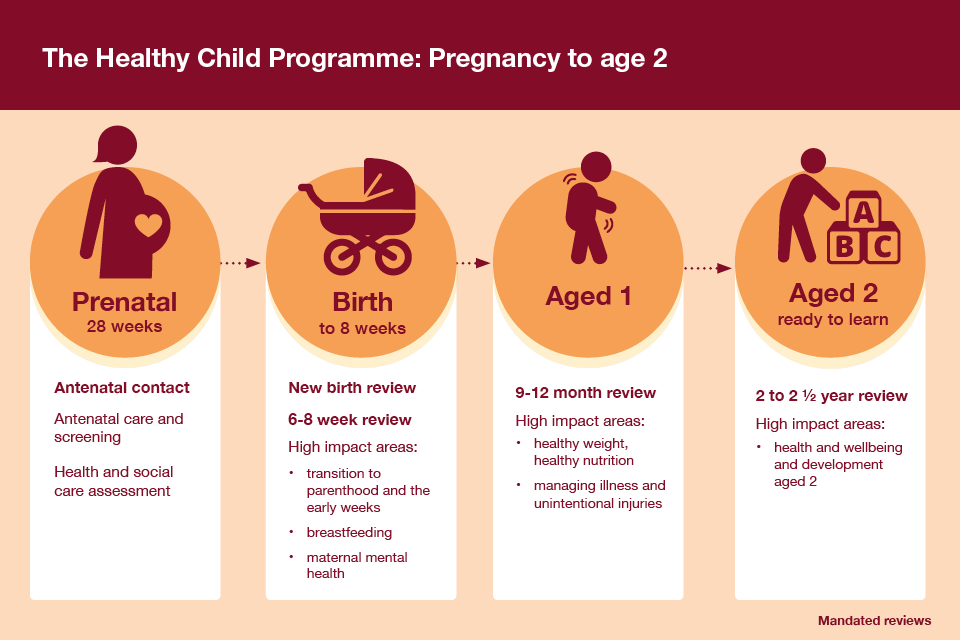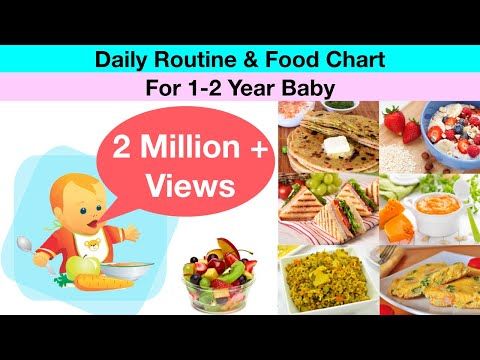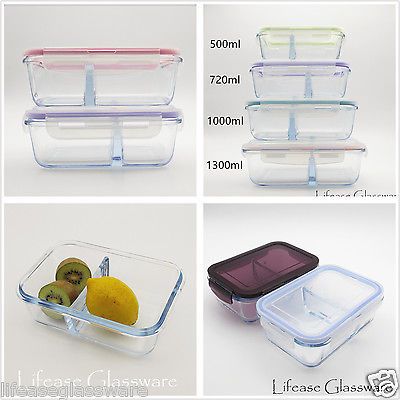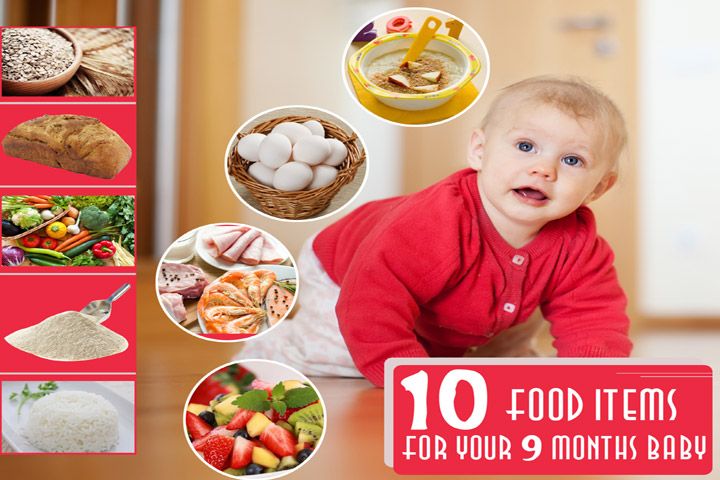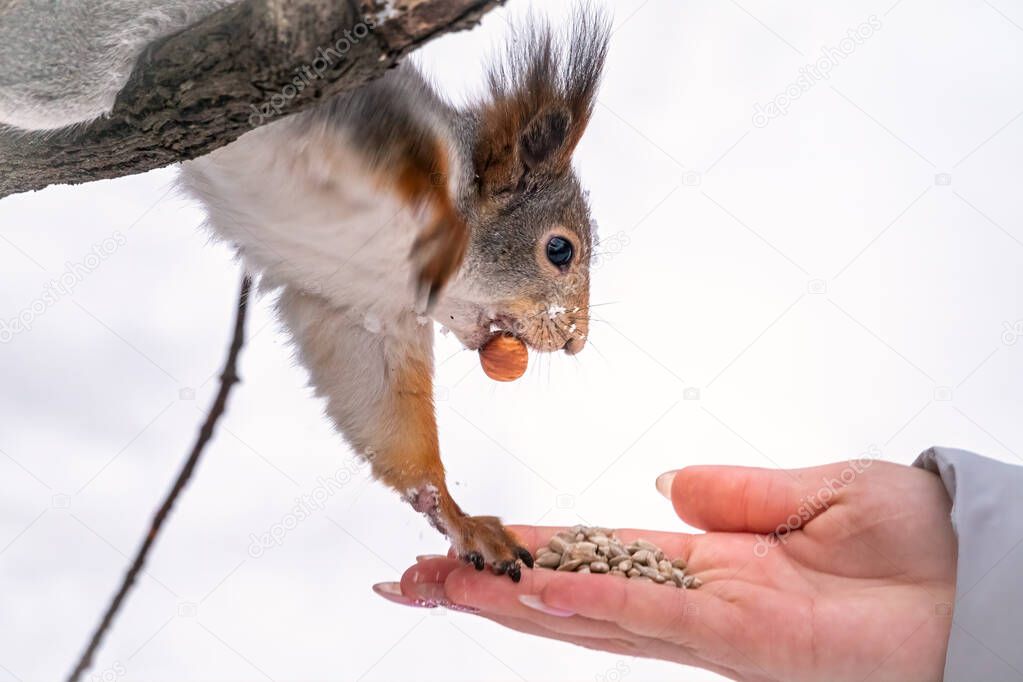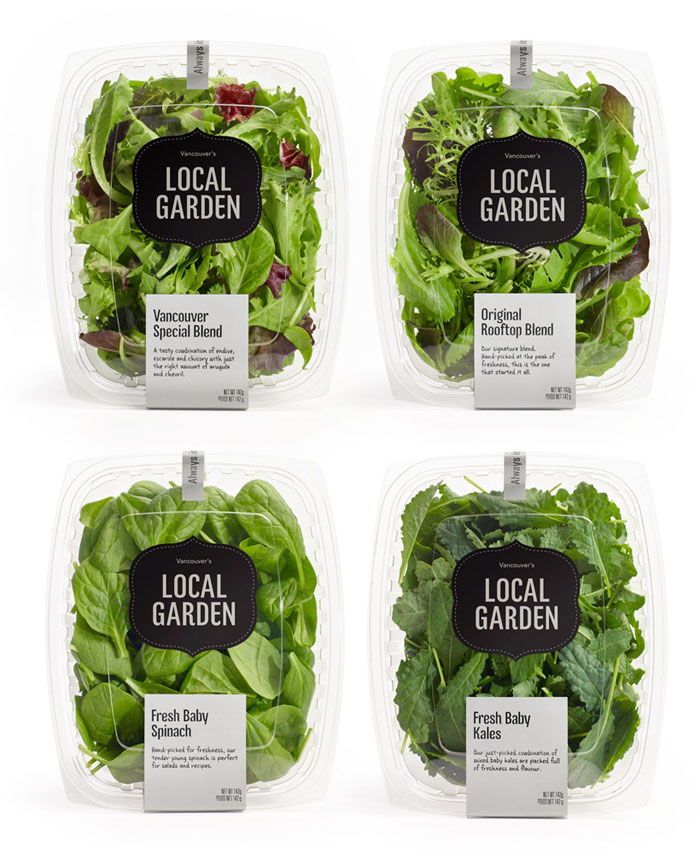What does stage 2 baby food mean
What It Is, When to Start, and Options to Try
Accompanying your child through the different stages of learning how to eat real food is an exciting journey. Sometimes, along with the sense of pride — Look, they polished off the whole jar! — you can feel a little confused. How are you supposed to navigate the milestones?
Let’s start at the beginning: What do the stages of baby food mean, anyway?
Rome wasn’t built in a day, and your baby’s digestive system won’t make the leap from liquid to solid in one day either. That’s what the stages of baby food are for — to help your baby manage the mechanics of eating and to make the transition easier on your baby’s digestive system.
Defining the stages across the brands
While the different stages of baby food aren’t standardized (it would make your life easier if they were!), most popular brands more-or-less follow these four stages:
- Stage 1: 4 to 6 months (watery puree of a single ingredient)
- Stage 2: 6 to 9 months (thicker texture that is strained or mashed)
- Stage 3: 10 to 12 months (mush that has soft, chewable, small chunks)
- Stage 4: After 12 months (finger foods and small, soft pieces of foods you share from your own supper)
What is the difference between stage 1 and stage 2 food?
Stage 1 foods are pretty watery. They’re pureed into a smooth paste that can drip off a spoon easily, so stock up on your bibs. These foods are usually made of a single ingredient: oatmeal cereal, apple, carrots. Your baby will start off eating about half a teaspoon of this.
Stage 2 foods get more exciting. These are strained or mashed into a dense paste. They’re made with a combination of foods that can include legumes and even meats or fish. They may combine flavors, like fruit and veggie blends. Your baby’s appetite is growing and you’ll have to keep pace with bigger portions.
At around 6 to 9 months, your baby is probably ready to move on to stage 2 foods. Not every baby will stick to this schedule simply because every child is a world to their own.
Here are some signs that your child is ready to move on:
- Tongue reflex: At around five months, your child will start losing their tongue thrust reflex and won’t immediately push out the food that you try to feed them.
- More please: They’ll easily polish off the stage 1 foods and look hungry for more.
- Variety: They’ll have eaten foods from all the food categories (vegetables, fruits, legumes, grains, meat) and shown no allergy or intolerance.
- Enjoyment: They’re managing spoonfuls of stage 1 foods easily, mouthing and swallowing happily.
At this exciting stage, feel free to give your baby most types of foods. By offering them a wide range of tastes and textures, you’re giving them a foundation for healthy eating habits — as well as making it easier for yourself. Keep in mind the following safety points:
- Choking hazards: Avoid nuts, seeds, and popcorn at this stage. And make sure to slice round foods like grapes and hot dogs lengthwise.
- No honey: Children younger than 12 months should not be given honey because it could lead to a botulism infection.
- No juice: Follow AAP guidelines and stick with breast milk, formula or a little water and steer clear of juices.
- Safe feeding: Always strap your child into their high chair and keep an eye on them while they’re eating.
And if you’re wondering about peanuts, here’s the scoop: A 2017 release from the National Institutes of Health suggests exposing children to peanut-containing foods as early as 4 months old. (Wait till 6 months for children with mild or moderate eczema.)
Surprised? Don’t be. A recent study suggested that Israeli kids rarely suffer from peanut allergies because they’re munching on Bamba, a peanut-based snack, from as early as 3 months. Talk to your doctor about suggested safe ways to incorporate peanut products into your little one’s diet.
What’s on the menu for stage 2 baby foods? Basically, you can go the store-bought or the homemade route. Or you can mix both depending on how much time you have. It’s up to you and your personal schedule.
Here are tasty ideas for both options.
Store-bought stage 2 baby food
- Plum: These organic blends come in easy-to-transport pouches.
Try pear, spinach, and pea, or banana and pumpkin.
- Beech-Nut: Options are available in jars and pouches. Serve up some apples and bananas or pineapple, pear, and avocado.
- Earth’s Best: Another organic option, in pouches or jars. Try sweet potato, barley, and garbanzo or pasta with tomato and white bean.
- Gerber: A classic, whether served up from plastic tubs, jars, or pouches. Flavor combinations include peach mango and oatmeal or chicken noodle dinner.
Remember to monitor your little one while they’re eating. Pouches are handy, but the caps can be a choking hazard. Glass jars are at risk of breaking, so keep them out of baby’s reach. Your baby should always enjoy snacks and meals with attentive adult supervision.
Homemade stage 2 baby food
Cooking up a storm for your baby’s budding taste buds at this stage doesn’t have to be challenging. Here are a few recipes to get you going. (You can find even more baby food recipes here. )
Don’t shy away from spices and herbs: your baby will appreciate the added flavor, and the micronutrients in them will give their immune system a boost.
- Apple, butternut, and carrot: Boil the ingredients until they test soft with a fork. Drain some of the water, but set it aside in case you need to thin the mixture. Sprinkle in a little curry and blend.
- Blueberries and chickpeas: You can cook up your own chickpeas or use a prepared version to save time. Mix equal amounts of blueberries and chickpeas. Blend and add breastmilk, formula, or water to get the right consistency. You can also add in some rice for extra oomph and texture.
- Salmon with roasted zucchini and fennel: Spray the salmon and vegetables with oil and broil for about 15 minutes. Add chopped parsley and blend. You can thin the mixture with breastmilk, formula, or water.
Enjoy this stage with your baby because it won’t be long before they move on to the next stages. And then, sooner than you think, you may be facing competition for that last slice of caramel-topped cheesecake.
What Is Stage 2 Baby Food & How To Get Started
When your infant moves from an all-milk diet into pureed baby food and formula, it’s a cause for celebration.
This interest in new foods is a sure sign they’re growing up — and that one day, their feeding schedule will become less hectic — that needs a nurturing focus on the part of the parents. It also requires a little bit of patience to see the process through.
But did you know that different age ranges require different baby puree combinations? If your little one is between 6-9 months old, here’s everything you need to know about stage 2 foods for baby meals.
What is stage 2 baby food?
Stage 2 is what it sounds like: the second step of a baby’s food stages and ages.
This type of baby food is suitable for children 6-9 months old. When you open up a jar, you’ll find a thick purée of solid food mashed into a pulp. Combinations of foods, like sweet potato and apple, are common.
The main goal with baby food puree isn’t the taste but the texture. You’re trying to wean your baby away from their smoother breast milk diet so they can become used to the consistency of solid foods with this in-between consistency.
Every baby has a different pace for adapting to step 2 purées. Some will be ready for the next stage of baby foods earlier than others. If the dates don’t fall too far outside of the regular age bracket, there shouldn’t be cause for concern.
However, if you remain worried, it’s best to contact your pediatrician for dietary advice.
MapleHorizons - pixabay.com
What is the difference between stage 1 and stage 2 food?
Stage 1 baby food is made for infants 4-6 months old. It usually consists of smooth or watery purees made from a single-ingredient paste. In comparison, stage 2 baby food is designed for infants 6-9 months old, and is a thicker texture, between mashed and puréed. It may include combinations of meat and veggies or fish.
After stage 2, you need to reach several other feeding milestones:
Stage 3 baby food is for 10-12 months. Meals should have small pieces of food in them to encourage your baby to chew more.
Stage 4 baby food is for one year and over. This is a transitional stage for your little one, where they’re reliant on standard baby food recipes but will be experimenting with regular, healthy meal options — or “real food.” By stage 4, you’re usually just about finished weaning your baby.
Parenting tip: You’ll find no standardized metric for what constitutes the “right” type of food texture for your baby. You’ll see variation between baby food brands. Because of this, it’s best to view this description of baby food stages and ages as a general guideline rather than a hard-and-fast rule. Use common sense, and be attuned to your baby’s personal preferences.
5686750 - pixabay. com
When do we start stage 2 baby food, and how?
How long do babies eat stage 1 food? Until they’re 6 months old. After that, you’ll switch over to stage 2.
Before you make the switch, you’ll need to ensure that your baby is equipped for this milestone. If they struggle with trying different foods, it can be a red flag for choking hazards.
Signs your baby is ready to start stage 2 food:
No allergic reactions or food intolerances to stage 1.
No automatic tongue reflex that pushes food away when you try to feed them.
Finishing off their food quickly and showing an interest in eating more.
Once you’re sure your little one will be OK with a new type of food, it’s time to make your shopping list. Focus on baby foods with an exciting texture or taste, and be diverse with your combinations. By picking out a wide variety of meals, you’re adjusting your child to a large selection of flavors, which will help avoid the pitfalls of picky eating.
Fruits, either puréed or paste.
Vegetables, either puréed or paste. If you include grapes in your homemade baby food diet at stage 2, they must be cut in half.
Meat and fish, puréed or as paste.
Premade organic baby food options.
Remember, always include formula or breastfeeding as part of your baby’s feeding schedule. Prioritize feeding on-demand or when your baby expresses hunger.
At the beginning of your baby’s transition to stage 2, make sure to stick to purees and pastes. Toward the 8-9 month mark, you can introduce finely mashed solid foods, as per American Academy of Pediatrics guidelines. Read up on the 9-month-old feeding schedule to know more.
MapleHorizons - pixabay.com
What are some options for stage 2 baby food?
Looking for some store-bought baby food combinations that offer stage 2 purees? Try the following brands:
Gerber.
Beech-Nut.
Plum baby food.
If you want to make a baby food puree on your own, try the following ingredients:
Mangos.
Asparagus.
Carrots.
Bananas.
Peaches.
Applesauce.
Rhubarb.
Beets.
Here are a few more tips for the best baby food experience
Never leave your baby unattended in a high chair while they’re eating. They could be at risk of choking.
Let your baby be messy with their food! Learning the texture of the items in front of them and whether or not they’re edible is part of their growth. Holding the food lets them develop their pincer grasp.
If your baby looks upset when trying out a new piece of food, it doesn’t mean they dislike the food — they may just be thrown off by the texture. Try that food combo a few more times to see if they adjust or if you end up with the same result.
If they dislike it after a few attempts, move on to another option.
Looking for other baby food supplies to make mealtime easier? Browse through Gopuff’s selection of easy-to-order goods that can be delivered right to your home.
Stage 2 baby food: what is it, when to start and what options to try
Contents
- What is stage 2 baby food?
- Identification of stages by brand
- What is the difference between stage one and stage two meals?
- When and how should I start feeding my baby 2nd stage complementary foods?
- What are your baby food options for stage 2?
- Store-bought baby food stage 2.
- Homemade baby food stage 2
- Conclusion
Accompanying your child through the different stages of learning how to eat real food is an exciting journey. Sometimes, along with a sense of pride - - you can feel a little confused. How should you navigate milestones?
What is stage 2 baby food?
Let's start from the beginning: what do the stages of baby food mean?
Rome wasn't built in a day, and your child's digestive system won't jump from liquid to solid in one day either. That's what baby feeding stages are for - to help your baby manage the mechanics of eating and ease the transition to your baby's digestive system. nine0003
Defining milestones by brand
Although the different baby food steps are not standardized (if they were, your life would be easier!), most popular brands more or less follow these four steps:
- Step 1: From 4 up to 6 months (single ingredient watery puree)
- Stage 2: 6 to 9 months (thicker texture, strained or puréed)
- Stage 3: 10 to 12 months (porridge with soft chewy small pieces ) nine0008
- Stage 4: After 12 months (food that you can eat with your fingers and small soft pieces of food that you share with your dinner)
What is the difference between eating the first and second stages?
Stage 1 food is quite watery. They turn into a smooth paste that runs off a spoon easily, so stock up on bibs. These products usually consist of one ingredient: oatmeal, apples, carrots. Your child will start eating about half a teaspoon of this. nine0003
Stage 2 food becomes more exciting. They are strained or ground into a thick paste. They are made from a combination of foods that can include legumes and even meat or fish. They can combine flavors, such as fruit and vegetable blends. Your child's appetite is growing and you will have to keep up with larger portions.
When and how should I start feeding my baby 2nd stage complementary foods?
Around 6 to 9 months of age, your baby is probably ready to switch to stage 2 complementary foods. Not every child will stick to this schedule, simply because every child is a separate world. nine0003
Here are a few signs that your baby is ready to move on:
- Tongue reflex: At around five months, your baby will begin to lose the tongue thrust reflex and will not immediately push out the food you are trying to feed.
- More Please: They will easily eat the first stage foods and look hungry to eat more.
- Variety: They ate foods from all food categories (vegetables, fruits, legumes, grains, meat) and showed no allergies or intolerances. nine0008
- Delight: They easily eat a spoonful of food in stage 1, swallow and swallow with pleasure.
At this exciting stage, feel free to give your child most of the foods. By offering them a wide range of flavors and textures, you give them the foundation for a healthy diet and also make it easier for you. Be aware of the following safety considerations:
- Choking Hazard: Avoid nuts, seeds, and popcorn at this stage. And don't forget to cut round foods like grapes and hot dogs lengthwise. nine0008
- No honey: Babies under 12 months old should not be given honey as it can lead to botulism.
- No Juice: Follow AAP guidelines and stick to breast milk, formula or a little water and stay away from juices.
- Safe Feeding: Always fasten your child to a high chair and supervise him while he eats.
And if you're curious about peanuts, here's the scoop: 2017 National Institutes of Health report suggests giving babies peanut-containing foods as early as 4 months of age. (Wait up to 6 months for children with mild to moderate eczema.)
Surprised? Do not be. A recent study showed that Israeli children rarely suffer from peanut allergies because they have been chewing bamba, a peanut-based snack, as early as 3 months old. Talk to your doctor about safe ways to include peanut products in your baby's diet.
What are your baby food options for stage 2?
What is included in the stage 2 baby food menu? Basically, you can go the store or home route. Or you can mix both depending on how much time you have. It depends on you and your personal schedule. nine0003
Here are some delicious ideas for both.
Store-bought baby food stage 2.
- Plum: These organic blends come in easy-to-carry bags. Try pear, spinach and peas, or banana and pumpkin.
- Beech-walnut: Available in tins and bags. Serve a few apples and bananas or pineapple, pear and avocado.
- Best in the world: Another organic option, in bags or jars. Try sweet potatoes, barley and chickpeas, or pasta with tomatoes and white beans. nine0008
- Gerber: A classic served in plastic jars, jars or bags. Flavor combinations include peach mango and dinner with oatmeal or chicken noodles.
Remember to keep an eye on your baby while he is eating. Bags are convenient, but caps can be a choking hazard. Glass jars can break, so keep them out of the reach of children. Your child should always enjoy snacks and meals under close adult supervision.
Homemade Baby Food Stage 2
Cooking up a storm for your baby's nascent taste buds doesn't have to be a daunting task at this stage. Here are some recipes to help you. (You can find more baby food recipes here.)
Don't skimp on spices and herbs: your little one will appreciate the extra flavor and the micronutrients they contain will boost their immune system.
- Apple, walnut and carrot: Cook the ingredients until they are soft when checked with a fork. Drain off some of the water, but set it aside in case you need to dilute the mixture. Sprinkle with a little curry and stir. nine0008
- Blueberries and chickpeas: You can make your own chickpeas or use ready-made ones to save time. Mix equal amounts of blueberries and chickpeas. Mix and add breast milk, formula, or water to get the right consistency. You can also add some rice for added appeal and texture.
- Salmon with fried zucchini and fennel: Drizzle salmon and vegetables with oil and roast for about 15 minutes. Add chopped parsley and stir. You can dilute formula with breast milk, formula, or water.
nine0008
Conclusion
Enjoy this stage with your child because he will soon move on to the next stages. And then, sooner than you think, you may face competition for the last slice of caramel cheesecake.
Hypotrophy in young children - causes of malnutrition, diagnosis and treatment, degrees
Hypotrophy in children is a mass deficiency associated with a lack or violation of the absorption of nutrients in the body. From 2 to 30% of cases of pathology are diagnosed annually. nine0003
Classification and clinical symptoms
By the time of development, malnutrition is classified into intrauterine and extrauterine. There are three degrees of pathology according to severity:
-
hypotrophy of the 1st degree in children - a lack of weight up to 10-20% of the norm. Babies develop according to age, the decrease in appetite is insignificant. The skin is pale, the fat layer is thinned;
-
hypotrophy of the 2nd degree in children - weight loss by 20-30% and growth lag by 2-3 cm.
Activity is disturbed, appetite is poor. Skin turgor and muscle tone are sharply reduced, the fat layer is absent on the body and limbs; nine0003
-
3 degree of malnutrition in children - underweight by 30% or more, a pronounced lag in development and growth. Adynamicity, sharpness of facial features, dryness, grayness of the skin and mucous membranes, atrophy of muscles and tissues, and a disorder in the functioning of internal organs are noted. Subcutaneous fat is absent. Complications develop: conjunctivitis, pneumonia, anemia. Severe condition.
Causes of malnutrition in children
Hypotrophy in young children occurs under the influence of external and internal causes.
Internal causes are various diseases: fermentopathy, malformations, immunodeficiencies.
External causes are related to three factors:
-
alimentary: with unbalanced / insufficient nutrition - breast milk deficiency, frequent regurgitation, diseases (birth trauma, cleft lip, cerebral palsy, etc.
), starvation; nine0003
-
infectious, associated with SARS and other infections;
-
social - poor living conditions.
Diagnosis and treatment of malnutrition in children
Congenital pathology is detected by ultrasound diagnostics. Acquired hypotorophia in children up to a year and older is diagnosed during examination, changes in anthropometric parameters, and is confirmed during an in-depth examination. nine0003
The approach to treatment depends on the causes. The alimentary factor is corrected by the diet: optimization of nutrition in terms of quality, nutrient and vitamin-mineral composition, and calorie content. Drug treatment - only on the recommendation of a doctor.
Mandatory control of the dynamics of growth and body weight. The best helper for mom is AGU Wally high-precision smart scales with monitoring the weight and height of the child in a mobile application, helping to avoid both malnutrition and paratrophy.

